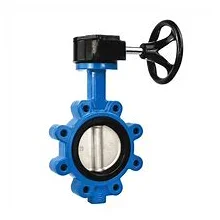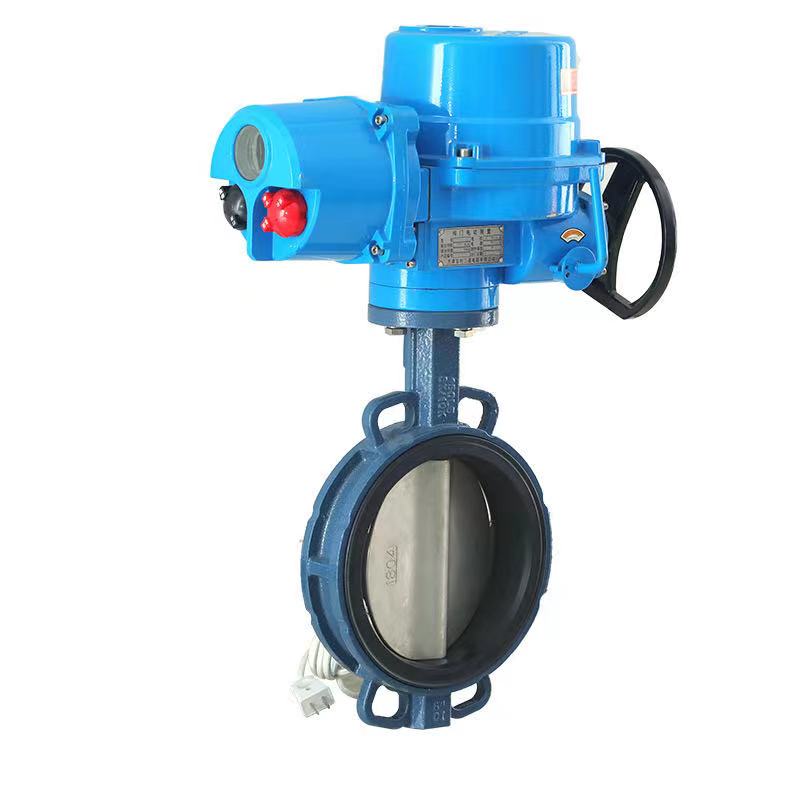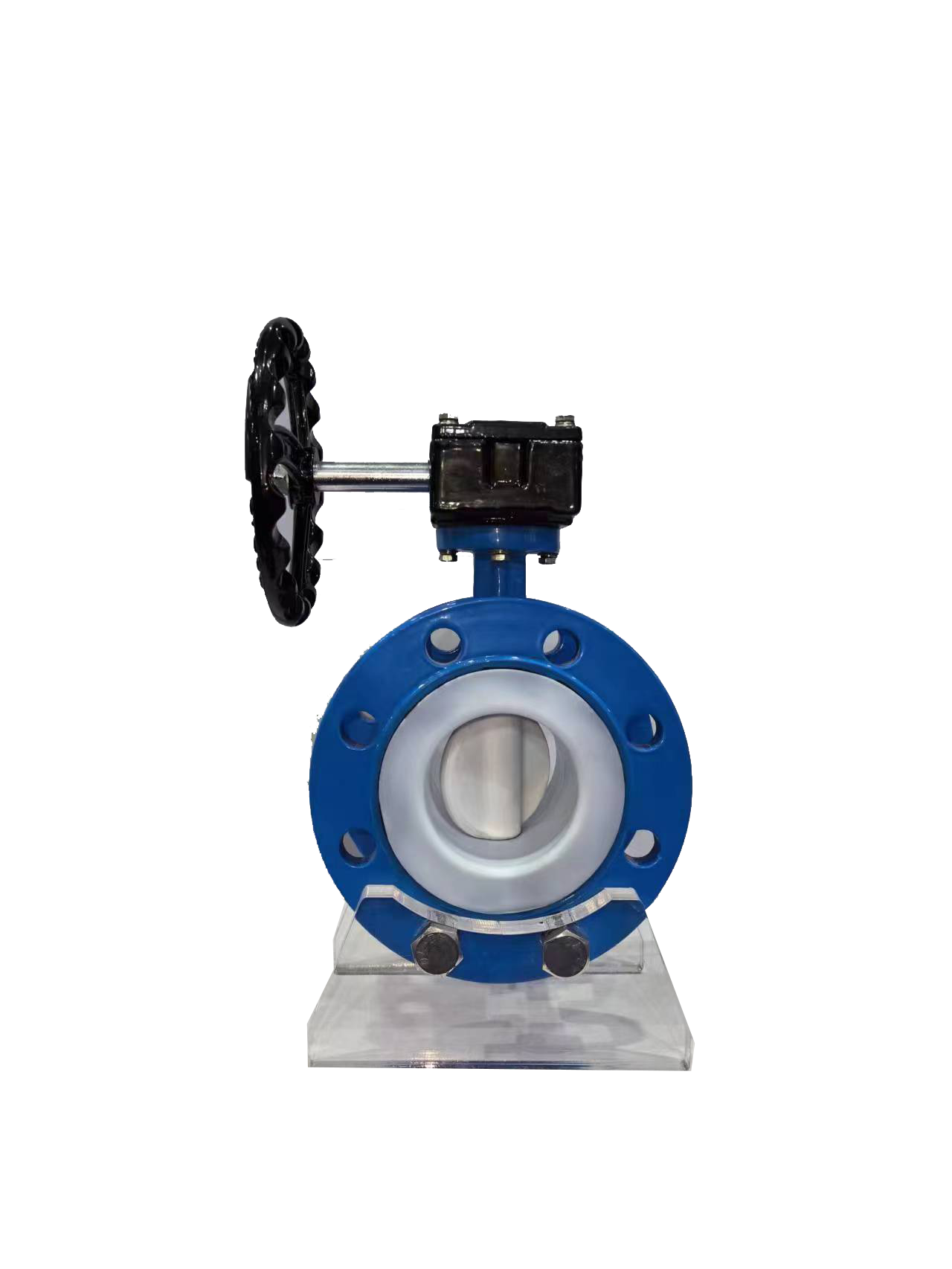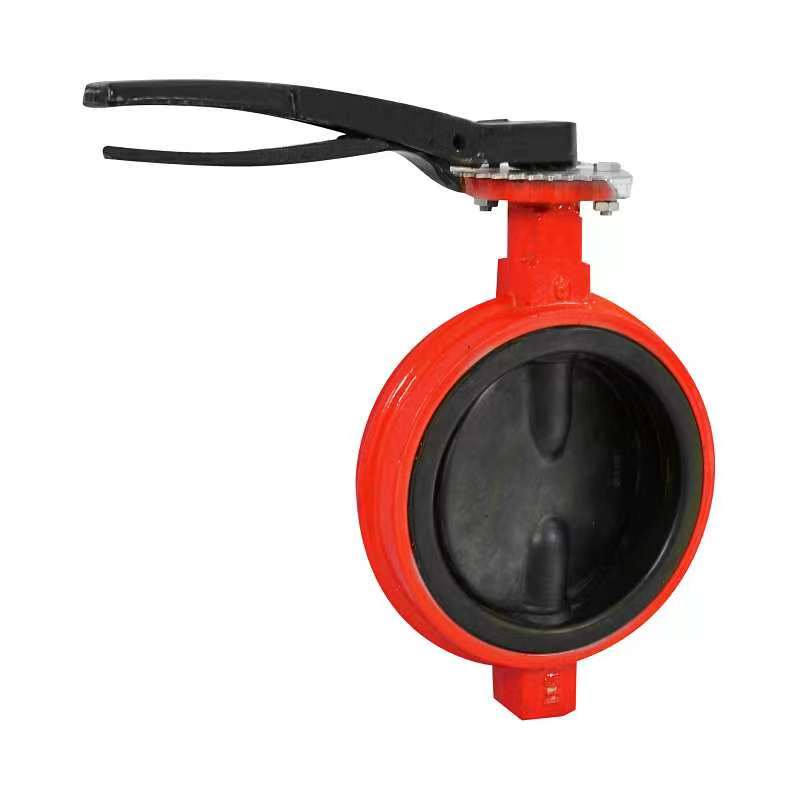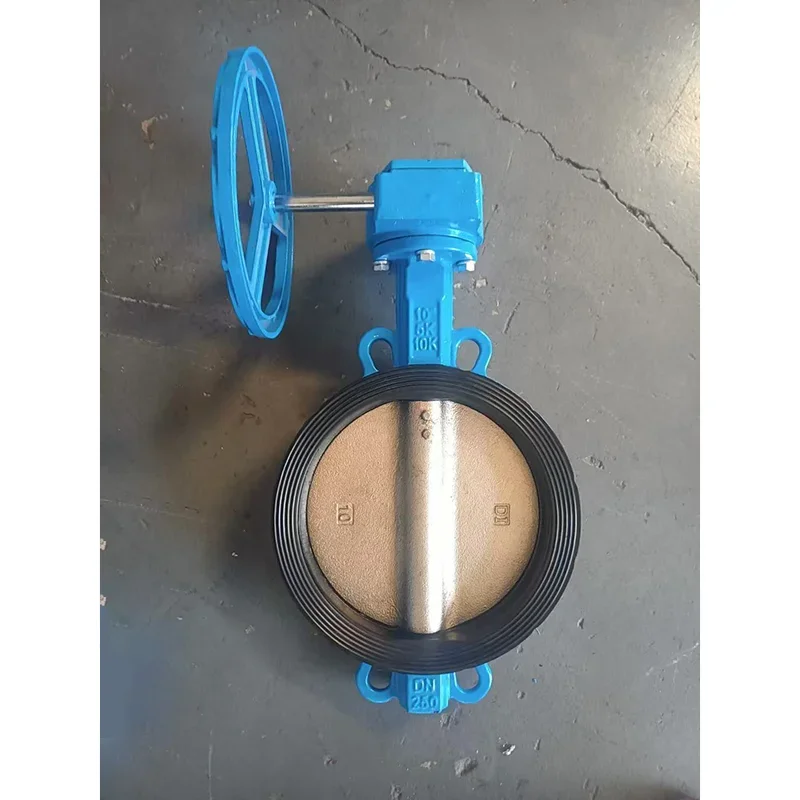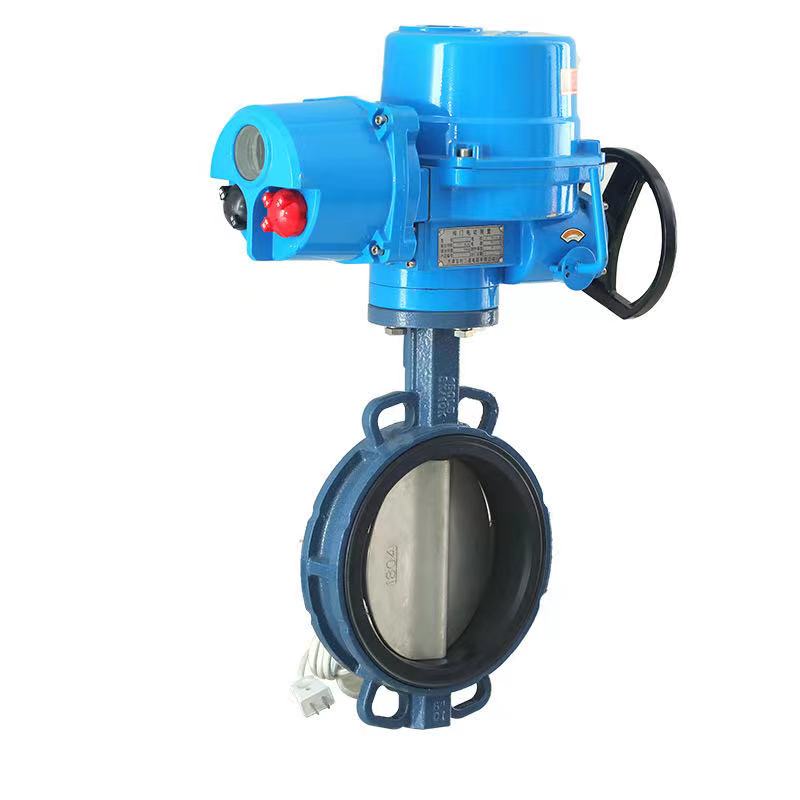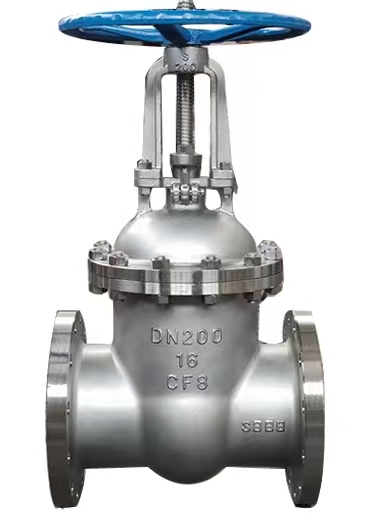- English
- Español
- Português
- русский
- Français
- 日本語
- Deutsch
- tiếng Việt
- Italiano
- Nederlands
- ภาษาไทย
- Polski
- 한국어
- Svenska
- magyar
- Malay
- বাংলা ভাষার
- Dansk
- Suomi
- हिन्दी
- Pilipino
- Türkçe
- Gaeilge
- العربية
- Indonesia
- Norsk
- تمل
- český
- ελληνικά
- український
- Javanese
- فارسی
- தமிழ்
- తెలుగు
- नेपाली
- Burmese
- български
- ລາວ
- Latine
- Қазақша
- Euskal
- Azərbaycan
- Slovenský jazyk
- Македонски
- Lietuvos
- Eesti Keel
- Română
- Slovenski
- मराठी
- Srpski језик
- Esperanto
- Català
- שפה עברית
- Cymraeg
- Latviešu
- icelandic
- ייִדיש
- беларускі
- Hrvatski
- Kreyòl ayisyen
- Shqiptar
- Malti
- lugha ya Kiswahili
- አማርኛ
- Bosanski
- Frysk
- ភាសាខ្មែរ
- ქართული
- ગુજરાતી
- Hausa
- Кыргыз тили
- ಕನ್ನಡ
- Corsa
- Kurdî
- മലയാളം
- Maori
- Монгол хэл
- Hmong
- IsiXhosa
- Zulu
- Yoruba
- অসমীয়া
- ଓଡିଆ
- Twi
- Samoa
- Sesotho
- සිංහල
- Gàidhlig
- Cebuano
- Somali
- Тоҷикӣ
- O'zbek
- Hawaiian
- سنڌي
- Shinra
- Հայերեն
- Igbo
- Sundanese
- Lëtzebuergesch
- Malagasy
- Tǝlam Kanuri
- Punjabi
- پښتو
- Chichewa
How to achieve zero leakage in the sealing structure of ball valves?
The core of achieving zero leakage in ball valves lies in the precision designed sealing structure, which ensures effective blocking of fluid leakage under various working conditions through the comprehensive application of materials, structures, processes, and auxiliary technologies. The following are the key technologies for ball valve sealing:
Double sealing design: The main seal is divided into soft and metal seals. The soft seal adopts elastic materials such as PTFE and PEEK, which are bonded to the sphere to achieve sealing. It is suitable for low-pressure, room temperature or corrosive media, with extremely low leakage rate; Metal sealing is achieved by hard contact between the metal valve seat and the sphere, relying on high-precision machining and surface treatment. It is resistant to high temperature and high pressure and suitable for extreme working conditions. The auxiliary seal is designed for fire safety, and the metal valve seat in the soft seal ball valve serves as a backup to prevent catastrophic leakage.
Elastic valve seat structure: The spring-loaded valve seat is pressed tightly against the sphere by the pre tensioning force of the spring, compensating for the gap; The floating valve seat can move slightly to adapt to uneven surface or thermal expansion of the sphere.
High precision machining and surface treatment: The surface roughness of the sphere reaches Ra 0.2 μ m or less, and the sealing surface of the valve seat is precisely ground or polished; The surface of the metal sealed ball valve is sprayed with a hard coating to improve wear resistance and corrosion resistance.
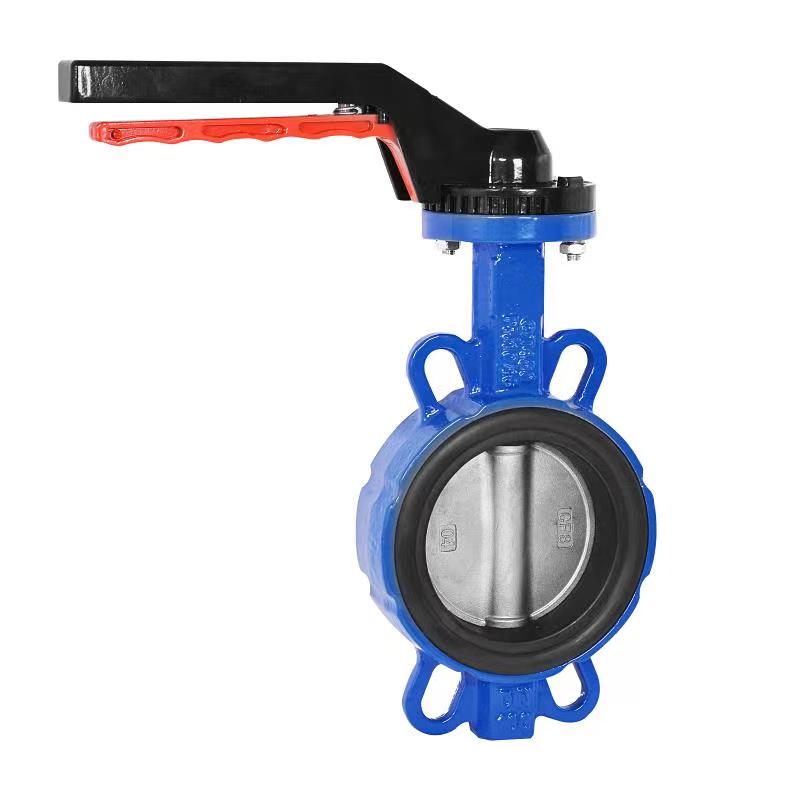
Double piston effect: The valve seat seals bidirectionally, enhancing the sealing force when the medium pressure acts on the outer side, and maintaining the seal when it acts on the inner side. It is suitable for high pressure difference or bidirectional flow conditions.
Anti static and anti blowing design: Anti static devices prevent the accumulation of static electricity; The anti blowout structure of the valve seat ensures the integrity of the seal.
Special design for low temperature and high pressure: The low temperature ball valve adopts a long neck valve cover and uses anti cold brittle materials; The high-pressure ball valve adopts a self sealing structure.
Ball valves must undergo strict leakage testing and comply with industry standards such as API 6D and ISO 15848. Ball valves play a crucial role in the fields of oil and gas, chemical engineering, LNG, etc., achieving zero leakage control from conventional to extreme environments and becoming a key equipment in the field of fluid control.
Related News
- Is there a strict requirement for the installation direction of ball valves?
- Can check valves prevent pump reversal
- What scenarios are check valves suitable for?
- What should I do if the check valve cannot stop the water?
- What should I do if there is leakage inside the check valve
- What are the types of check valves
Leave me a message
New Products




